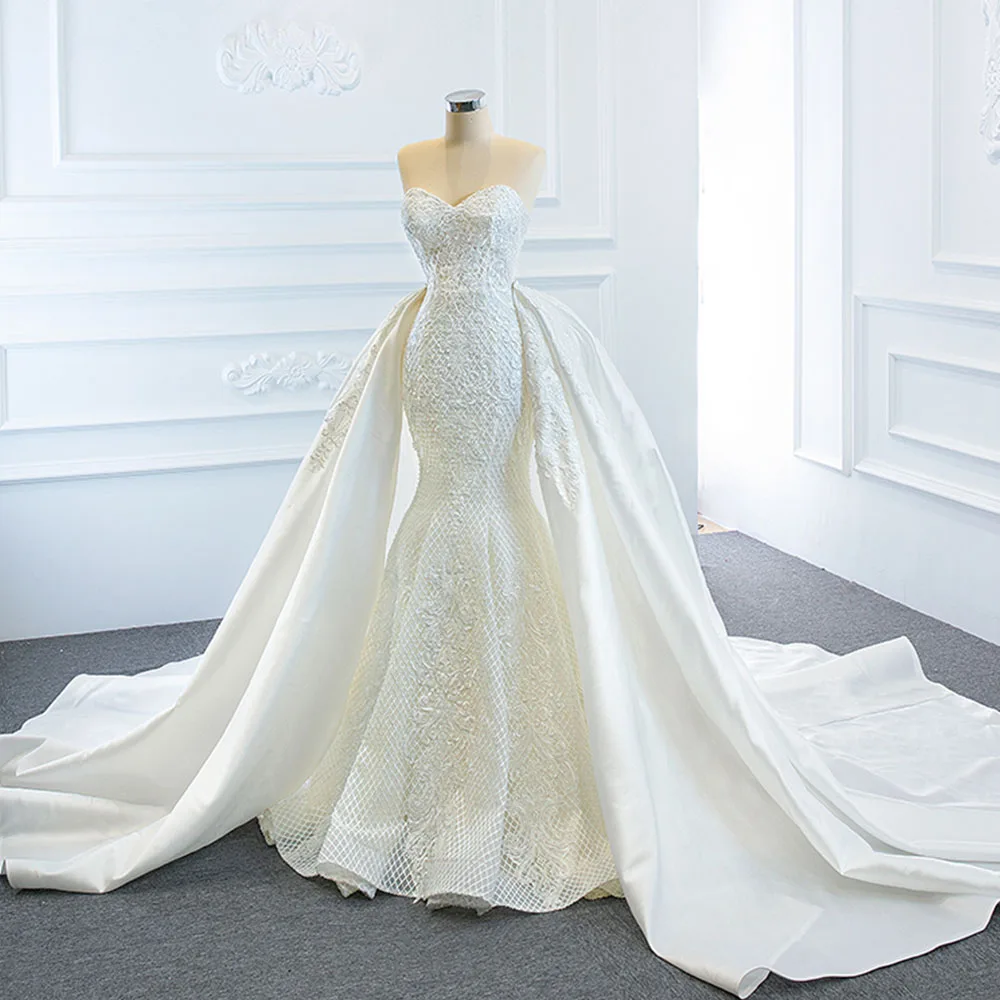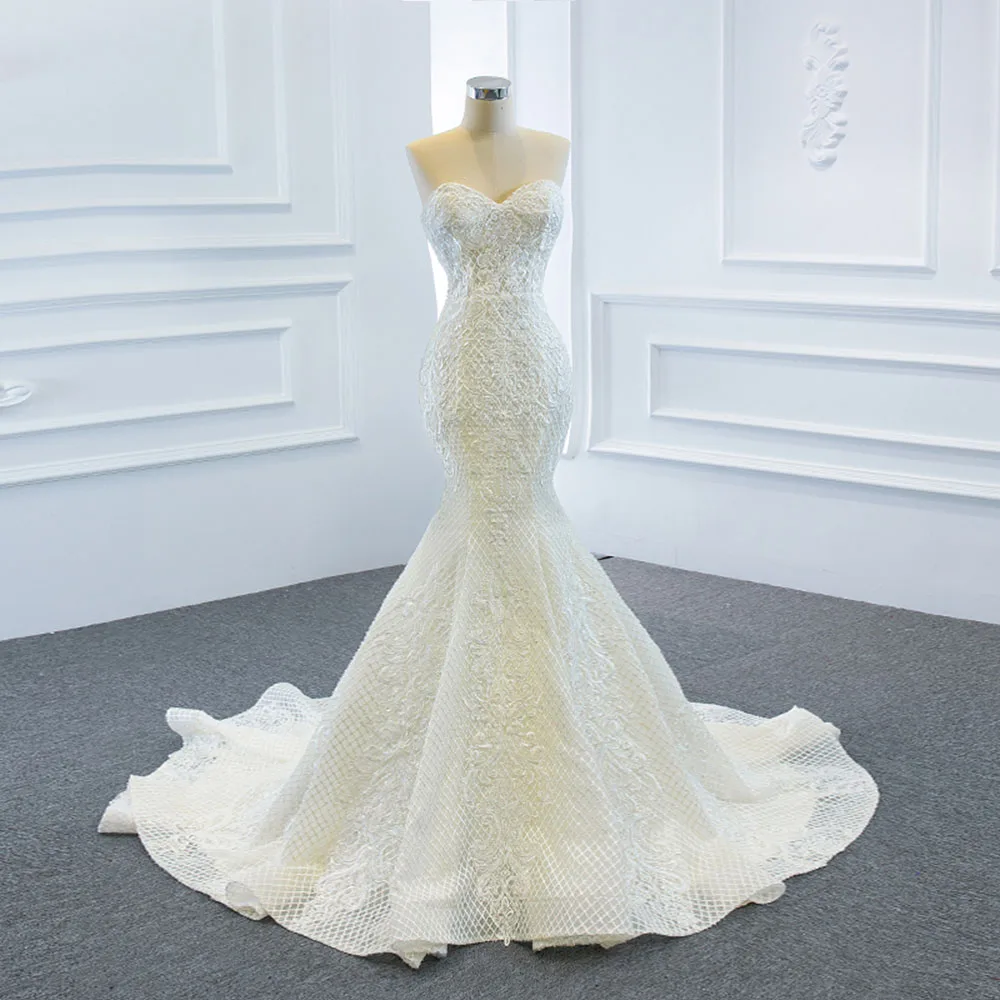I. Introduction

Cleaning and preserving your wedding dress is one of the most important steps in prolonging its lifespan and maintaining its beauty. Whether you plan on keeping it as a cherished heirloom or selling it, proper cleaning techniques are crucial to ensure its longevity. In this article, we will explore various methods and tips for cleaning and preserving different types of wedding dresses.
II. Preparing for Cleaning
Before diving into the cleaning process, it is essential to thoroughly inspect the gown for any stains or damage. Look for common wedding dress stains such as food, beverages, makeup, and dirt. Identifying these stains will help determine which cleaning methods and products to use. Additionally, carefully examine the fabric and embellishments to understand their specific cleaning requirements.
III. Cleaning Methods for Different Fabrics
A. Cleaning delicate fabrics, such as silk and lace
Delicate fabrics like silk and lace require special care during the cleaning process. Hand-washing techniques using mild detergent and lukewarm water are highly recommended. Gently spot-clean any stained areas, taking care not to rub or scrub vigorously. If your gown has intricate beadwork or embellishments, consider seeking professional help or opting for a dry-cleaning method to avoid causing damage.
B. Cleaning synthetic fabrics, such as polyester or satin
Synthetic fabrics like polyester or satin are more forgiving when it comes to cleaning. While hand-washing is still an option, machine-washing is generally acceptable for these fabrics. However, it is vital to use a gentle cycle, cold water, and a mild detergent specifically formulated for delicate fabrics. To protect the gown from potential damage, place it in a mesh laundry bag before putting it in the machine.
IV. Treating Stains
A. Identifying common wedding dress stains
Wedding dresses are prone to various stains, and it is essential to identify them accurately before attempting any cleaning methods. Common stains include food and beverage stains, makeup stains, and grass or dirt stains. Each stain requires a different approach for effective removal.
B. Spot-cleaning techniques for specific stains
- Removing food and beverage stains
For food and beverage stains, start by gently blotting the stain with a clean cloth or paper towel to soak up any excess liquid. Then, apply a small amount of mild detergent or a stain remover specifically designed for delicate fabrics. Let the cleaning solution sit on the stain for a few minutes before rinsing it with cold water.
- Addressing makeup and oil-based stains
Makeup and oil-based stains, such as foundation or lipstick, can be tricky to remove. First, scrape off any excess makeup using a dull knife or spoon. Then, apply a small amount of rubbing alcohol or a mild detergent directly to the stained area. Gently dab the stain with a clean cloth or cotton swab, being careful not to rub or spread the stain further.
- Dealing with grass or dirt stains
Grass or dirt stains can easily be acquired during outdoor photoshoots or ceremonies. Start by brushing off any loose dirt or grass with a soft brush or cloth. Then, lightly dampen the stained area with cold water and apply a small amount of mild detergent. Gently work the detergent into the stain using a soft-bristled brush or your fingers. Rinse with cold water and repeat the process until the stain is removed.
V. Preservation Methods

A wedding dress is often one of the most important and cherished garments a person will own. Whether it’s passed down through generations as a family heirloom or kept as a precious memory of a special day, preserving the dress is essential. In this article, we will explore various preservation methods to ensure the dress remains pristine for years to come.
A. Choosing the right storage materials
When it comes to preserving a wedding dress, the first step is selecting the right storage materials. Acid-free tissue paper, muslin cloth, and acid-free boxes are some of the essential materials needed for preserving the dress. These materials prevent yellowing, discoloration, and fabric deterioration that can occur when improper materials are used.
B. Properly folding and packing the dress
Once the storage materials are gathered, it’s essential to learn how to properly fold and pack the dress. Ideally, the dress should be folded and packed in a way that minimizes creases and stress on the fabric. The preservation methods will vary depending on the dress’s fabric and embellishments, so it’s crucial to research and follow specific guidelines for each dress type.
C. Storing the dress in a suitable environment
Storing the dress in a suitable environment is vital for preserving its quality over time. The dress should be kept in a cool, dry place away from direct sunlight, heat sources, and humidity. Optimal temperature and humidity levels help prevent mold growth, fabric weakening, and color fading.
- Optimal temperature and humidity levels
The ideal temperature for storing a wedding dress ranges from 65 to 72 degrees Fahrenheit (18 to 22 degrees Celsius). This temperature range prevents the growth of mold and mildew and minimizes the risk of fabric damage.
The humidity level for dress preservation should be between 40% and 50%. High humidity can lead to mold growth and fabric deterioration, while low humidity can cause the fabric to become brittle and prone to breakage.
- Protecting from light and pests
Light exposure can cause fading and yellowing of fabric, so it’s crucial to store the dress in a dark place or use garment bags that block out light. Additionally, using mothballs or cedar blocks can help deter pests, such as moths and beetles, which can cause severe damage to the dress.
VI. Professional Cleaning and Preservation Services
While taking care of the dress at home is possible, hiring professional wedding dress cleaners and preservation services offers several benefits.
A. Benefits of hiring professional wedding dress cleaners
Professional cleaning services have expertise in handling delicate fabrics, intricate beadwork, and embellishments. They use advanced techniques and specialized cleaning agents to remove stains and dirt without damaging the fabric or damaging the dress’s structure.
Furthermore, preservation services provide appropriate packaging, ensuring that the dress is stored in a controlled environment that maintains its quality for years to come.
B. How to select a reputable cleaning service provider
When choosing a professional cleaning service provider, it’s crucial to consider their experience, reputation, and expertise in handling wedding dresses. Reading reviews, asking for recommendations, and checking their certifications can help in selecting a reputable service provider.
VII. Restoration and Alteration Considerations
A. Restoring vintage or older dresses
Restoring vintage or older wedding dresses requires specialized knowledge and skills. It’s crucial to work with professionals who have experience in restoring old fabrics, repairing delicate lace, and replacing missing beads or embellishments.
Before undergoing any restoration processes, a thorough assessment of the dress’s condition should be done to determine the necessary repairs and alterations.
B. Altering the dress after cleaning and preservation
After cleaning and preservation, some individuals may decide to alter their wedding dress to fit a different occasion or personal preference. It’s essential to communicate your desired alterations clearly to the alteration expert and ensure they have experience in working with wedding dresses.
In conclusion, preserving a wedding dress requires careful consideration of storage materials, proper folding and packing techniques, and storing the dress in a suitable environment. Hiring professional wedding dress cleaners and preservation services can provide expert care and packaging to maintain the dress’s longevity. When considering restoration or alterations, working with experienced professionals is crucial to ensure the dress’s quality is preserved.

